Touring Raptors: Florida’s Migratory Birds of Prey
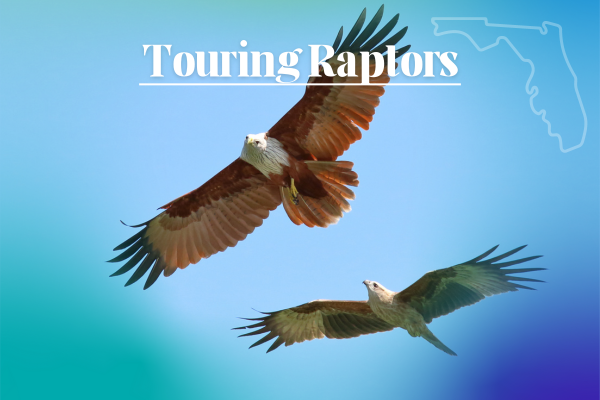
By: Alex Kogan, Library Page
May 10, 2023
The sunny state of Florida has a reputation as one of America’s top tourist destinations. But humans are not the only tourists, for every year, thousands of birds visit and specifically Florida when the migration season hits. Among those are the raptors, or birds of prey, due to their predatory nature. Below are some skyborne predators that one may immediately recognize and others one might not have ever noticed among all the waterfowl and seafaring avians that make their yearly pit stops in the sunshine state.
Osprey (Pandion haliaetus):
While uncommon further inland of the United States, ospreys are quite common across Florida due to the state’s unique geography of being a narrow peninsula surrounded by both the Atlantic Ocean and Gulf of Mexico, and even further into even central Florida due to plentiful bodies of water. As piscivores, ospreys primarily prey on fish and mated pairs will build large nests atop tall trees, lamp posts or power poles near their hunting ground of choice (the saucer-shaped platforms placed on the latter structures are specifically made for ospreys to nest on without risk of being electrocuted). Most ospreys usually vacate the US after breeding season for the winter and migrate to Central and South America before migrating back. However some osprey couples seem to stick around in their Florida homes despite this, perhaps due to plentiful enough fish in the lakes and rivers. While they may look similar from a distance, ospreys are not to be confused with bald eagles, for ospreys have dark bands lining the sides of their heads and white feathers on their bellies (although the females have a band of dark feathers that go across their chests, almost like a necklace).

Peregrine Falcon (Falco peregrinus):
Legendary among raptors as being one of the fastest animals in the world, capable of diving speeds reaching 200 miles per hour. They are expert hunters of small to medium sized birds, and as migration season hits they follow their prey of choice along the Atlantic flyway. Peregrine falcons however do not commonly nest in Florida, but they do appear along the coastlines as they migrate south and north for the winter and summer respectively.
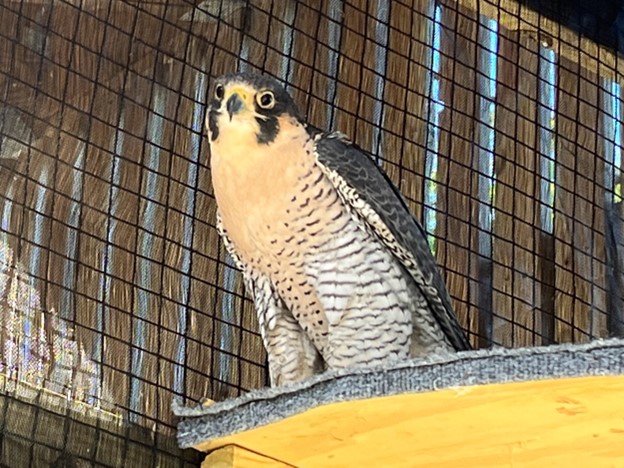
Swallow-tailed kite (Elanoides forficatus) and Mississippi kite (Ictinia mississippiensis):
Two of several kite raptors that live in, and migrate to and from various parts of Florida. Named for their tuning fork-shaped tail, the black and white swallow-tailed kites are long distance migrant raptors that can form loose nesting colonies of up to 1000 individuals. In the spring and summer, swallow-tails flock to Florida and the Southeastern United States, until migrating back south towards Mexico’s Yucatan Peninsula for the winter. The smaller, grayer Mississippi kite also congregates in groups in Florida’s late summer, more specifically the northern half of the state and west along the panhandle. Unlike other birds of prey, Mississippi kites fly further west to and along the coast of Texas as they head towards their South American winter stop. Both kites hunt insects and small reptiles, birds and mammals, and are capable of catching and eating their meals in flight without needing to land.
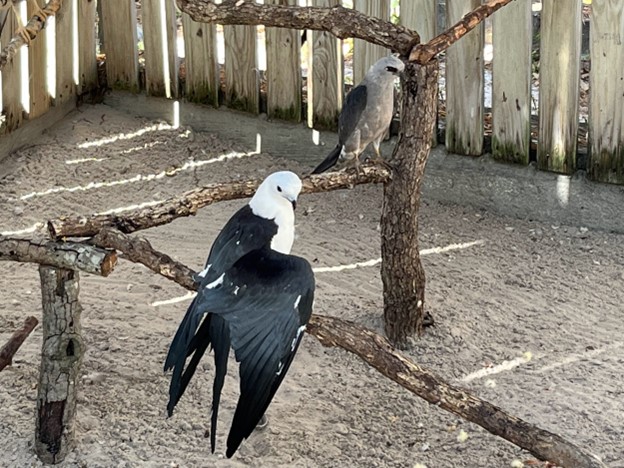
Broad-winged Hawk (Buteo platypterus):
While more well known in the Northeastern parts of the United States, the broad-winged hawk is relatively rare in Florida. During the winter, some of these raptors migrate from their northern, woodland breeding grounds in large flocks (also known as “kettles”) down to southern Florida and other tropical regions further into Central and South America. At about the size of a crow, broad-winged hawks are also the smallest hawks of the genus Buteo in North America, and hunt small animals including mice, snakes, frogs and insects.
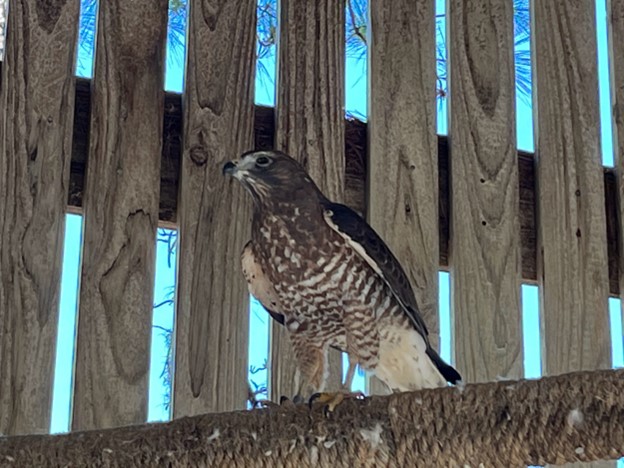
Bald Eagle (Haliaeetus leucocephalus):
As one of the largest, most recognizable birds of prey in the United States and the nation’s symbolic animal, the bald eagle needs little of an introduction. Due to the state’s warmer climate and plentiful enough food within the swamps and coastlines (even in winter time), Florida maintains its own regional variant of this famous white and brown raptor. However, other eagles from further north will migrate down to Florida’s sunnier pastures for more abundant food sources and to breed as early as November until spring arrives before flying back. Bald eagles usually prefer hunting for fish in the lakes and rivers like ospreys, but are not adverse to being opportunistic hunters and will steal their catch from them if necessary, as well as prey upon waterfowl and small mammals.
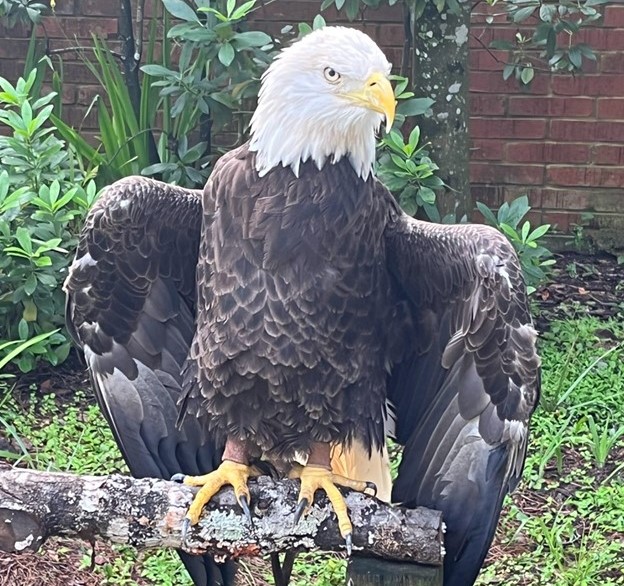
From the Collection:
Birds of Florida
By Alsop, Fred
598.2 Als
National Geographic field guide to birds. Florida
598.2 Nat
A Birder's Guide to Florida
By Lane, James A.
598.2 Lan
Florida Birds: A Handbook and Reference
By Kale, H. W
598.2 Kal
Image credits: Alexander Kogan and the Audubon Center for Birds of Prey.